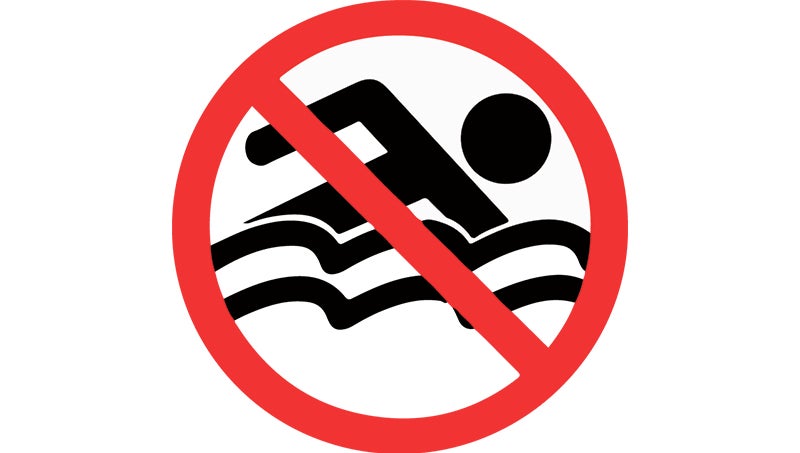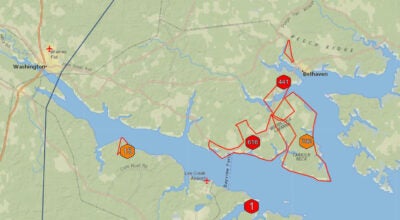Swim advisory alerts for one Beaufort County site
Published 6:16 pm Friday, July 27, 2018
From North Carolina Division of Marine Fisheries
MOREHEAD CITY — An advisory against swimming was posted Thursday at a sound-side site in Beaufort County, where state recreational water quality officials found bacteria levels in the water that exceed the state’s and Environmental Protection Agency’s recreational water quality standards.
However, swimming alerts issued Wednesday for three areas in Carteret, Craven and Beaufort counties are now lifted.
Thursday’s advisory is for an area in Pantego Creek at the public access near the intersection of East Main and Tooley streets in Belhaven where test results of water samples indicate a running monthly average of 53 enterococci per 100 milliliters of water. This exceeds the state and federal standards of a running monthly average of 35 enterococci per 100 milliliters, based on five samples taken within a 30-day period.
Enterococci, the bacteria group used for testing, are found in the intestines of warm-blooded animals. While it is not known to cause illness, scientific studies indicate that enterococci may indicate the presence of other disease-causing organisms. People swimming or playing in waters with bacteria levels higher than the standards have an increased risk of developing gastrointestinal illness or skin infections.
This advisory is not a beach closing, nor does the advisory affect the entire Pantego Creek area. Swimming advisories affect water within 200 feet of the sign.
State officials will continue testing the site, and they will remove the sign and notify the public again when the bacteria levels decrease to levels below the standards.
Wednesday’s alerts, now lifted, were for the Cedar Island beach access west of the ferry landing off Sand View Drive in Carteret County, the Neuse River at 820 Neuse Drive near New Bern in Craven County, and the Pamlico River at the Ragged Point swim area in Goose Creek State Park in Beaufort County. Water samples taken on July 24 showed these areas had exceeded the standard that is safe for recreational use. Subsequent sampling of these sites how that bacteria levels have now dropped to within the state and Environmental Protection agency’s standards set for swimming and water play.
Recreational water quality officials sample 209 sites throughout the coastal region, most of them on a weekly basis, from April to October. Testing continues on a reduced schedule during the rest of the year, when fewer people are in the water.





